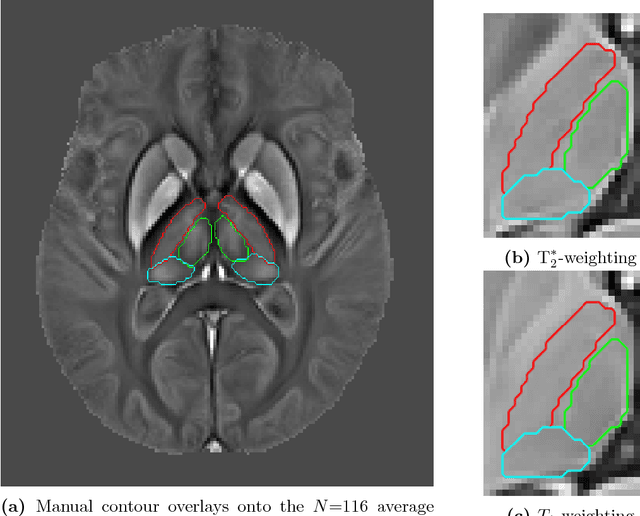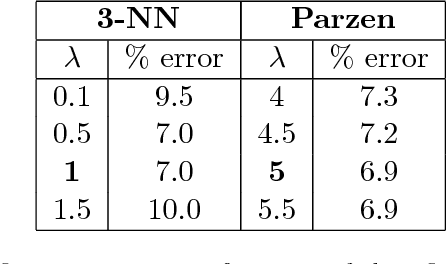Peter Nestor
Quantitative Susceptibility Mapping through Model-based Deep Image Prior (MoDIP)
Aug 18, 2023Abstract:The data-driven approach of supervised learning methods has limited applicability in solving dipole inversion in Quantitative Susceptibility Mapping (QSM) with varying scan parameters across different objects. To address this generalization issue in supervised QSM methods, we propose a novel training-free model-based unsupervised method called MoDIP (Model-based Deep Image Prior). MoDIP comprises a small, untrained network and a Data Fidelity Optimization (DFO) module. The network converges to an interim state, acting as an implicit prior for image regularization, while the optimization process enforces the physical model of QSM dipole inversion. Experimental results demonstrate MoDIP's excellent generalizability in solving QSM dipole inversion across different scan parameters. It exhibits robustness against pathological brain QSM, achieving over 32% accuracy improvement than supervised deep learning and traditional iterative methods. It is also 33% more computationally efficient and runs 4 times faster than conventional DIP-based approaches, enabling 3D high-resolution image reconstruction in under 4.5 minutes.
A multi-contrast MRI approach to thalamus segmentation
Jul 27, 2018



Abstract:Thalamic alterations are relevant to many neurological disorders including Alzheimer's disease, Parkinson's disease and multiple sclerosis. Routine interventions to improve symptom severity in movement disorders, for example, often consist of surgery or deep brain stimulation to diencephalic nuclei. Therefore, accurate delineation of grey matter thalamic subregions is of the upmost clinical importance. MRI is highly appropriate for structural segmentation as it provides different views of the anatomy from a single scanning session. Though with several contrasts potentially available, it is also of increasing importance to develop new image segmentation techniques that can operate multi-spectrally. We hereby propose a new segmentation method for use with multi-modality data, which we evaluated for automated segmentation of major thalamic subnuclear groups using T1-, T2*-weighted and quantitative susceptibility mapping (QSM) information. The proposed method consists of four steps: highly iterative image co-registration, manual segmentation on the average training-data template, supervised learning for pattern recognition, and a final convex optimisation step imposing further spatial constraints to refine the solution. This led to solutions in greater agreement with manual segmentation than the standard Morel atlas based approach. Furthermore, we show that the multi-contrast approach boosts segmentation performances. We then investigated whether prior knowledge using the training-template contours could further improve convex segmentation accuracy and robustness, which led to highly precise multi-contrast segmentations in single subjects. This approach can be extended to most 3D imaging data types and any region of interest discernible in single scans or multi-subject templates.
 Add to Chrome
Add to Chrome Add to Firefox
Add to Firefox Add to Edge
Add to Edge